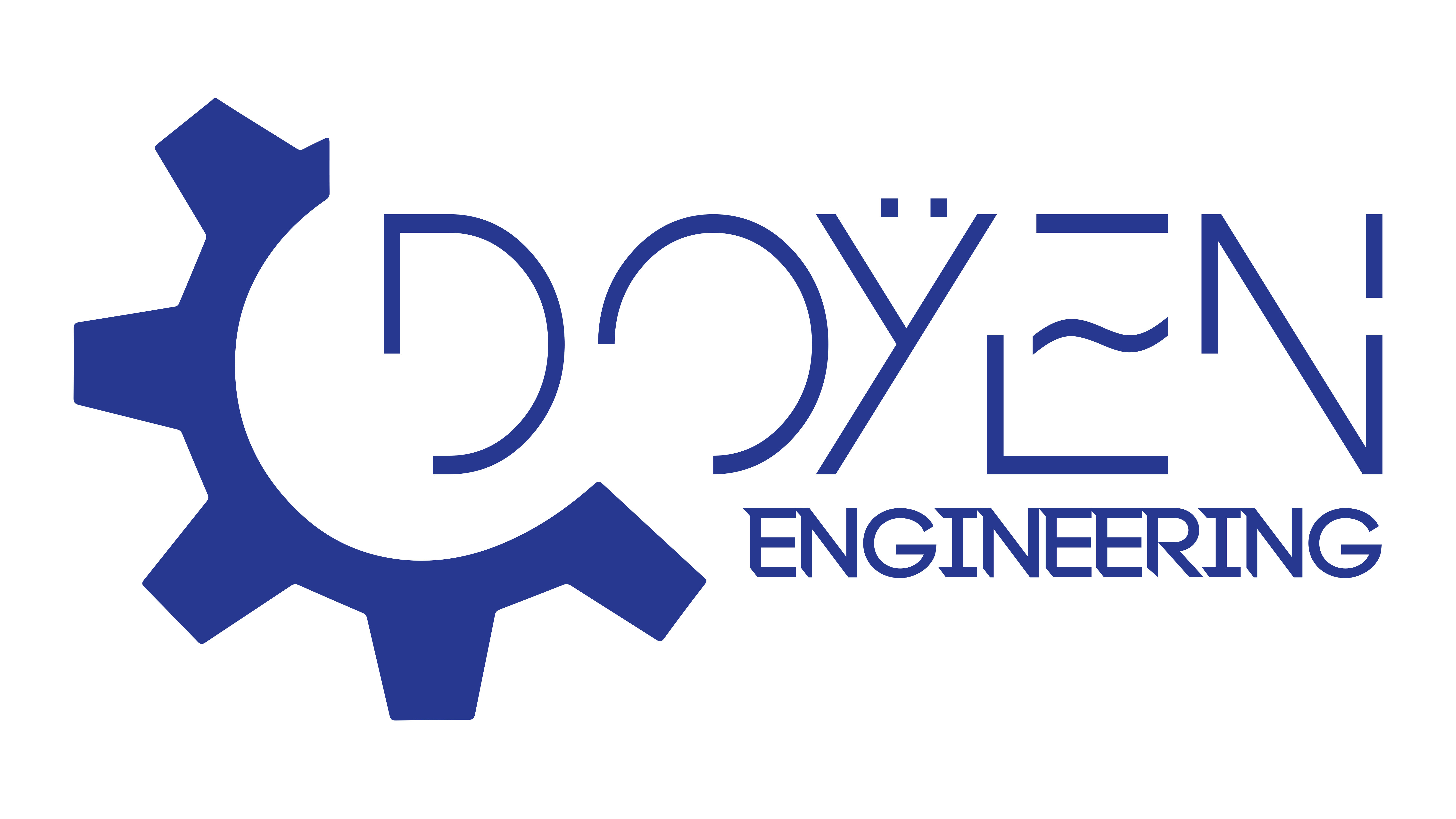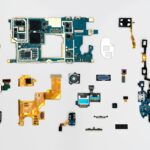
Introduction to Electric Motors
What is an Electric Motor?
An electric motor is a device that converts electrical energy into mechanical energy. By harnessing the principles of electromagnetism, these motors drive a variety of machines, from household appliances to industrial equipment. They are essential in our daily lives, often unnoticed yet incredibly impactful. Imagine waking up to an electric toothbrush buzzing softly in your hand or the sound of a fan whirring overhead on a hot day—these are all powered by electric motors.
History of Electric Motors
The journey of electric motors is fascinating, revealing a gradual evolution of technology:
- Early Inventions: The concept traces back to the early 19th century with pioneers like Michael Faraday and Joseph Henry, who laid the groundwork for electromagnetism.
- First Practical Motors: In 1821, Faraday demonstrated the first electromagnetic motor, which could make a magnet rotate.
- Commercial Development: By the late 1800s, inventors such as Nikola Tesla contributed to the development of alternating current (AC) motors, revolutionizing how we use electricity.
Through the years, electric motors have seen tremendous innovation, making them more efficient and versatile, thus enriching countless industries and our everyday lives.
Basic Principles of Electric Motors
Understanding Electromagnetism
At the core of electric motors is electromagnetism, which is the interaction between electric currents and magnetic fields. Imagine the thrill of a child experiencing the magic of magnets for the first time—this is the fundamental concept behind how motors operate! When an electric current passes through a wire, it creates a magnetic field around it. This principle forms the backbone of electromagnetism, driving the mechanism of electric motors.
- Key Concepts:
- Magnetic Field: Produced when electric current flows.
- Induced Motion: The way magnets exert force on each other.
How Electric Motors Work
Electric motors work by transforming electrical energy into mechanical motion through a series of interactions between magnets and wire coiled around a rotor. Picture this: when you flip the switch on a fan, electricity travels through the wires, creating a magnetic field that causes the rotor to spin, which in turn generates airflow.
- Basic Steps:
- Current Flow: Electric current enters the motor.
- Magnetic Interaction: The current flows through coil wires, generating a magnetic field.
- Movement: The interaction of magnetic fields causes a rotor to turn, creating mechanical energy.
This seamless conversion is what keeps our machines running smoothly, blending the worlds of electricity and mechanics in one powerful device.
Types of Electric Motors
DC Motors
DC motors, or direct current motors, are renowned for their simplicity and ease of control. If you've ever played with a toy car that moves when you push a button, you’ve likely encountered a DC motor in action! These motors operate on direct current, converting electrical energy into rotary motion effectively.
- Key Features:
- Speed Control: Easily adjustable by changing the voltage.
- Torque: Provides high torque at low speeds.
Common applications include electric vehicles, fans, and household appliances.
AC Motors
On the other hand, AC motors, or alternating current motors, are the workhorses of industrial applications. They operate on alternating current, which means the direction of the current changes regularly. Picture the sturdy machines in factories humming away—most of them utilize AC motors.
- Types:
- Synchronous Motors: Rotate at a constant speed, synchronized with the supply frequency.
- Induction Motors: Commonly used and simple in design, these motors rely on electromagnetic induction to function.
Their efficiency and robust nature make them ideal for large-scale applications, from manufacturing to HVAC systems. Understanding these types is essential for choosing the right motor for specific needs.
Applications of Electric Motors
Industrial Applications
Electric motors are the backbone of many industrial operations. From assembly lines to conveyor belts, they power machinery that keeps our factories running efficiently. Imagine walking through a production plant where everything hums and whirs—this is the result of electric motors at work!
- Key Uses in Industries:
- Pumps: For moving liquids and materials.
- Compressors: Used in refrigeration and HVAC systems.
- Conveyor Systems: Facilitating the movement of goods.
These applications highlight the reliability and versatility of electric motors in driving productivity.
Residential Applications
In the home, electric motors play vital roles in everyday convenience. Picture your refrigerator humming in the kitchen, or the soothing whir of a ceiling fan on a hot summer day—these experiences are all made possible by electric motors.
- Common Household Uses:
- Fans: Keeping our spaces comfortable.
- Washing Machines: Making laundry day a breeze.
- Power Tools: Enhancing DIY projects and repairs.
The seamless integration of electric motors into both industrial and residential spheres illustrates their importance in modern life, embodying efficiency and functionality.

Factors to Consider When Choosing an Electric Motor
Power Requirements
When selecting an electric motor, understanding power requirements is critical. Just like choosing the right engine for a car, you want a motor that can handle your specific needs without overloading or underperforming.
- Considerations:
- Voltage and Current Ratings: Match the motor to your electrical supply.
- Load Characteristics: Evaluate the type of load—constant, variable, or intermittent.
For example, an industrial mixer may require a high-torque motor, while a small household fan only needs a fraction of that power.
Environmental Factors
Next, consider the environment in which the motor will operate. Factors like temperature, humidity, and exposure to dust can significantly influence performance and longevity.
- Key Aspects:
- Temperature Range: Ensure the motor can handle extremes.
- Protection Ratings: Look for motors with appropriate IP ratings to resist moisture and particulate matter.
For instance, a motor used in a dusty warehouse might need extra sealing to keep debris out, while one in a climate-controlled area can be more standard. By carefully evaluating these factors, you can ensure your electric motor performs reliably throughout its service life.





